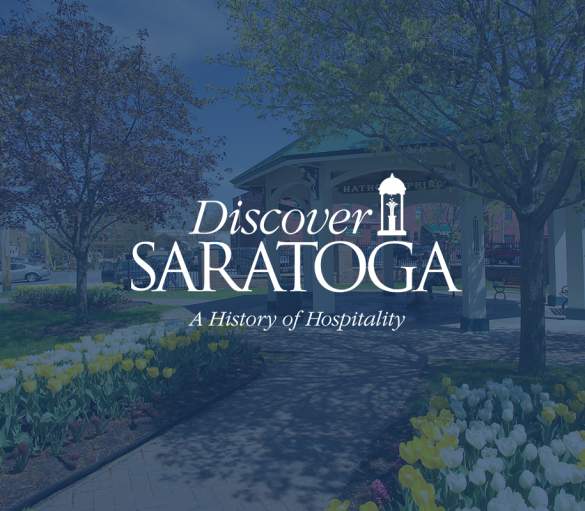Historic Sites in Saratoga NY
From the iconic Saratoga Race Course and Canfield Casino, to the crucial Battles of Saratoga, the rich history of Saratoga NY is any history buff’s paradise. Immerse yourself in the stories behind Saratoga Springs historic locations and figures to truly understand the charm that visitors and locals love.


